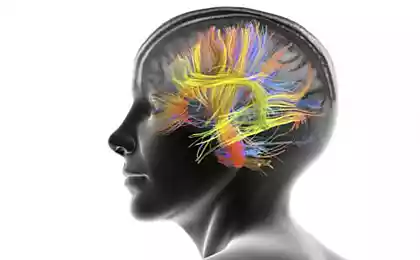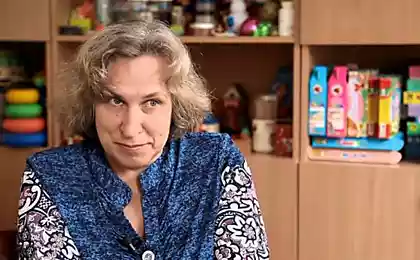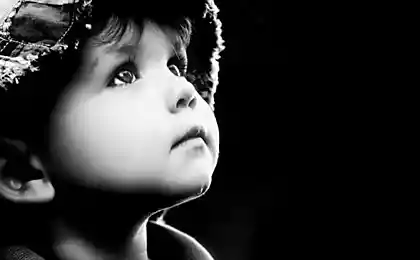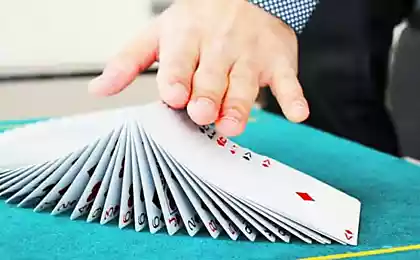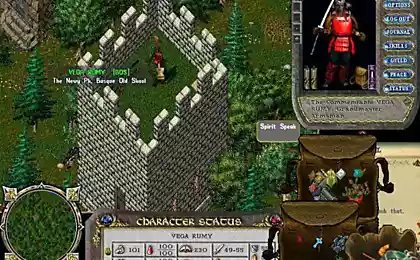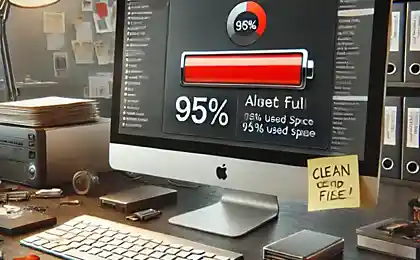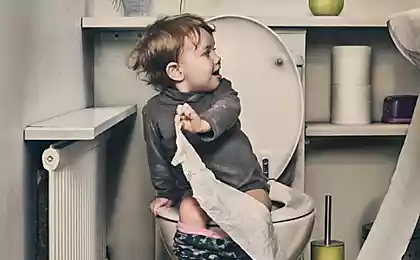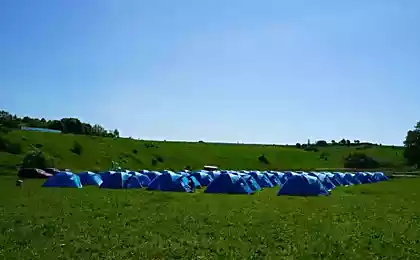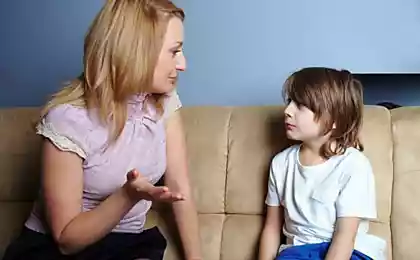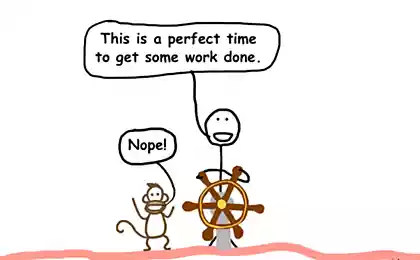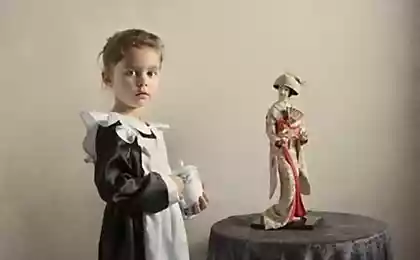166
How to teach children to clean: 2 important rules

Description: From Chaos to Harmony: How to Turn Cleaning into a Tool for Responsibility and Creativity Neuropsychological foundations and practical strategies for each age.
Rule 1: A personal example is a language that children understand better than words.
Research shows that 78% of children copy the behavior of their parents, even if they do not say aloud any instructions. The key principle is to demonstrate consistency: if mom puts her phone on charge in the same place, and dad washes a cup after coffee, the child unconsciously assimilates these patterns as normal.

How does this work in practice?
- Create a 10 Minutes of Order ritual before dinner for the whole family
- Use the “me first, then you” technique: the adult cleans his area, then helps the child.
- Comment on your actions: “Now I’m cleaning the table so we can enjoy our meals.”
Rule 2: Early start - but not through coercion
Neuroscientists say that basic self-organization skills are formed in 2-4 years through play. The main mistake is to demand the perfect result. Instead:
- Turn toy sorting into a "Find All the Red Items" quest
- Use a sandbox timer: “Put the blocks away until the sand runs out.”
- Enter Role-Playing Day: Today We Are Robot Cleaners from the Future
Age Features: From Carapuz to Teenager
Age MethodsLifhacks2-3 yearsImitation of actions of adultsPersonal rag-animal for “wiping tracks”4-6 yearsFairy-tale therapy (“Kingdom of order”) Dragon box, “devouring” scattered things7-10 yearsSystem of points for exchange for privilegesTreasure map with markings of areas of responsibility11+Joint design of spaceGraph of duties with elements of gamification

Teenagers: When order becomes self-expression
68% of teenagers perceive cleaning as an invasion of their personal space. The solution is an agreement on an acceptable level of chaos.
- Zoning: table for creativity vs bed for rest
- Clean Fridays – a weekly space refurbishment
- Joint choice of storage systems: slate boards, magnetic panels
Glossary
Gamification Introducing game elements into routine processes
Fairy tale therapy Education through metaphorical stories
Neuropatterns Persistent behavior patterns shaped by the brain
Zoning of space Dividing the room into functional areas
